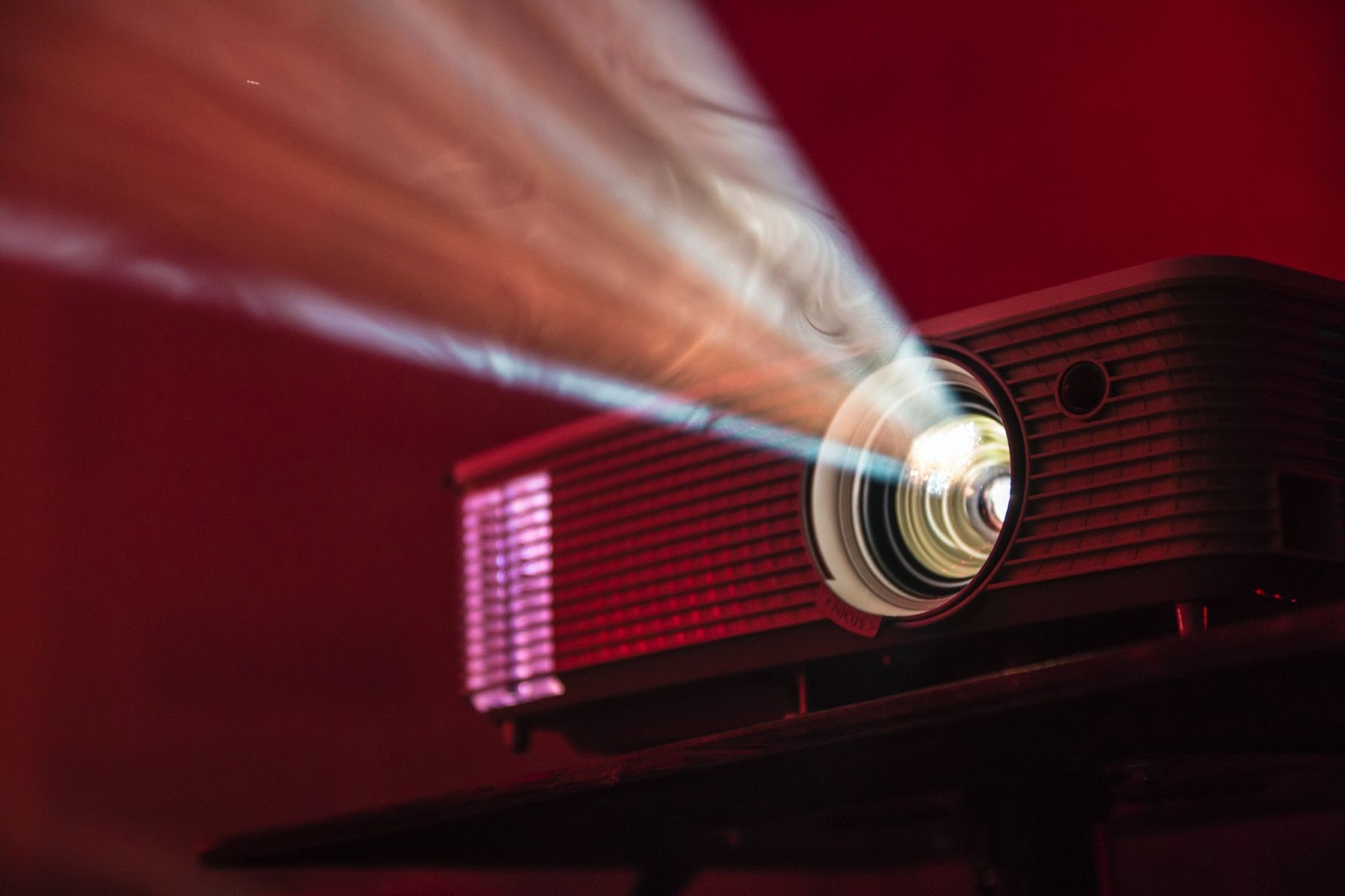If you’re looking to enhance your home movie experience or improve your business meetings, projectors are a great choice.
Projectors have improved a lot and now offer very bright, easy-to-use options that display much larger images than TVs.
They are cost-effective too, giving you a large, clear image without the need for a big screen.
While they are generally easy to use, choosing and installing a projector can be a bit challenging if you’re not familiar with them. This guide will help you pick the right projector and set it up for the best viewing experience.
Basics You Need to Use a Projector
Before getting your projector, you need to make sure you have a few basics ready to go. You’ll need a VGA cable to connect your projector to the device you’re playing from such as a Blu-ray, DVD player or streaming box. Make sure your cable is capable of supporting the right video resolution.
You’ll also need a screen for your device to project images onto. A lot of people are happy using a blank wall, but for best effects you should use a purpose made screen that can be extended and retracted depending on when you use it.
Projector screens are specifically designed to increase the contrast, ensuring brighter colours and deeper blacks. This is especially useful if you use it in a room that has a high level of ambient light.
Lastly, make sure your projector is situated in the ideal location. As mentioned, ambient light can make a difference to the quality of your picture. While modern projectors are very bright, you should choose a room where it’s easy to block light.
How to Choose a Projector
There are a lot of different types of projectors out there, offering different specifications and features. When deciding which device you use, first think about what you want to use it for. Is this for a home cinema setup? Are you using it in the office? Or perhaps you need a portable projector that you can move around with you.
Specifications to consider when choosing a projector include the resolution, lumens, contrast ratio and aspect ratio. You may also want to consider features such as 3D compatibility and DLP/3LCD for an improved experience. All of these are important, and will have an impact on how the image looks while watching from your projector.
The resolution of your projector affects how many pixels the projected image is made of. The more pixels, the clearer the image, but higher resolutions can be more expensive. Lumens affect the brightness of the projection, with higher brightness meaning the image looks better on the screen.
The contrast ratio is a measure of the difference between the darkest and lightest colours. Meanwhile, aspect ratio affects the shape of the image displayed.
Setting Up Your Projector
To set up your projector, you simply have to plug everything in and turn it on. This process is normally fairly straightforward, and most devices will come with user manuals which you can consult for instructions. However, there are plenty of video guides online if you happen to get stuck.
Once plugged in, set up the projector by ensuring that the projected image looks right and has the right alignment on the screen. You may need to do some adjusting in the settings to get the image the right size and shape. The type of alignment you can do will depend on the projector itself, but most have pretty extensive options to help you get it right.

